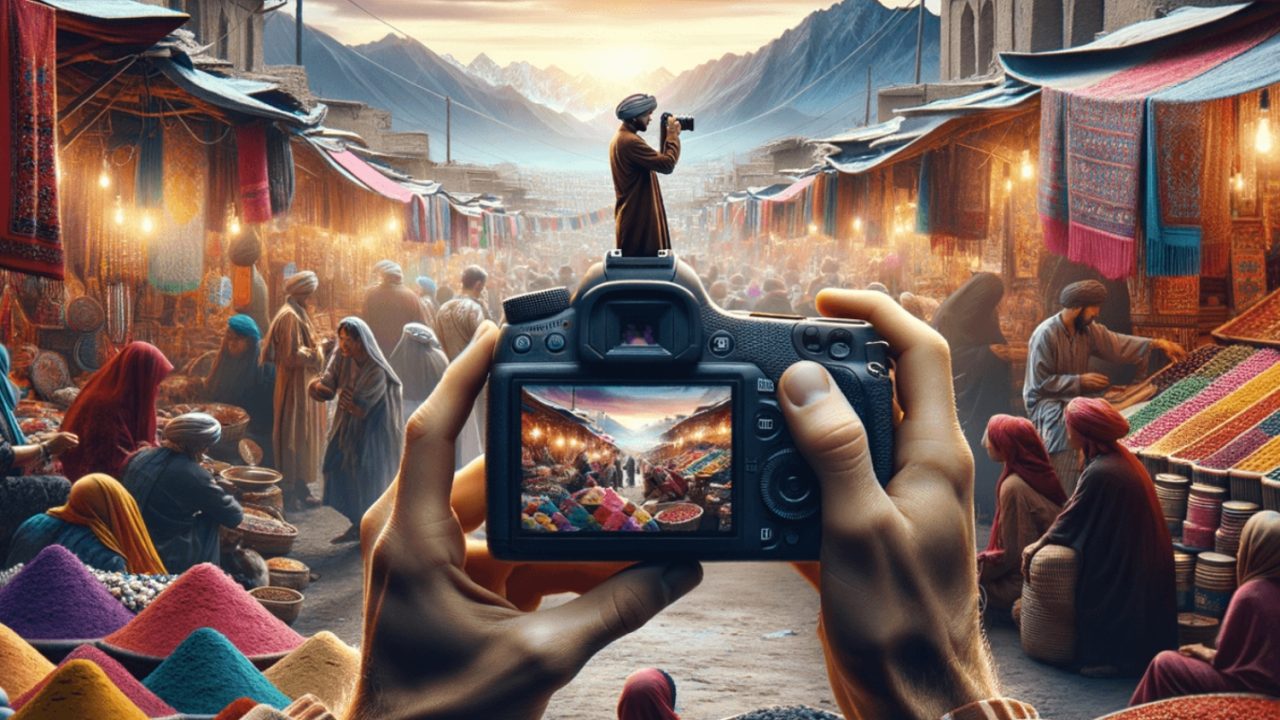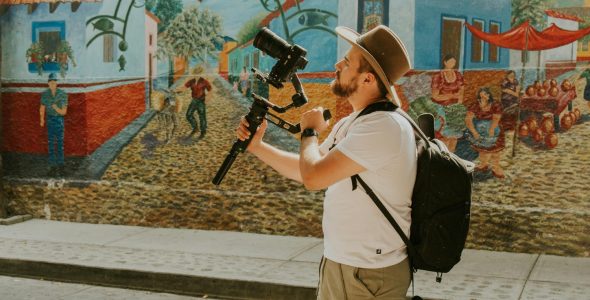Overview
Travel photography is more than just capturing beautiful scenery or iconic landmarks; it’s about telling a compelling story. A well-composed travel photo can transport viewers to a different place and time, evoking emotions and sparking curiosity. Whether you’re documenting your journey or capturing a unique cultural experience, telling a story through your travel photos is an art form. Here’s how to craft a narrative with your camera and turn simple snapshots into visual storytelling masterpieces.
- Focus on the Moment, Not Just the Scene
While landscape shots and wide-angle photos are stunning, they often fail to capture the essence of a location. To tell a story, you need to capture the moment. Look for details that highlight the human experience and convey emotion. Whether it’s a local vendor at a bustling market, a child playing in the street, or a couple sharing a quiet moment in a scenic spot, these moments bring life to your photos. Pay attention to facial expressions, body language, and interactions, as they provide powerful storytelling elements. - Use Composition to Lead the Viewer’s Eye
The way you frame your photo can guide the viewer’s interpretation of the story. The rule of thirds is a classic technique to create balance and interest in your images. By positioning key elements off-center, you can direct the viewer’s eye and create a sense of movement. Leading lines—such as roads, rivers, or fences—can also draw attention to the subject, adding depth to your story. Experiment with different compositions, such as framing your subject with surrounding elements or using symmetry to convey harmony. - Capture the Context
When telling a story, context is crucial. Don’t just focus on the main subject—incorporate the environment around them. If you’re photographing a person in an unfamiliar place, show their surroundings to provide context. For instance, photographing a local fisherman against a backdrop of the sea or capturing a street food vendor amidst a crowded market helps convey the atmosphere of the location and the significance of the person or activity. - Experiment with Lighting and Mood
Lighting plays a significant role in establishing the mood of a photograph. Soft, warm lighting can create a nostalgic, intimate feel, while harsh, dramatic lighting can evoke tension or highlight contrasts. Take advantage of natural light during golden hour (the period shortly after sunrise or before sunset) to capture warm, flattering tones. Alternatively, silhouettes at sunset or shadows in urban environments can add mystery and intrigue to your story. - Show Cultural and Emotional Connections
One of the most powerful ways to tell a story is by capturing the emotional or cultural connection between people and places. This could be an intimate moment between locals, such as a mother and child, or it might be a person’s reaction to a new environment. These connections allow your audience to empathize with the story you’re telling and offer a deeper understanding of the destination. - Create a Narrative Arc
Think of your travel photo series as a visual narrative. Just like a good story, it should have a beginning, middle, and end. Start by setting the scene with wide-angle or environmental shots that introduce the location. Move into more intimate or action-driven shots that show people interacting with their surroundings. Finally, wrap up with closing images that convey the overall feeling or message of the experience. This structure enables viewers to follow along on your journey and feel a sense of connection to the story. - Edit to Enhance, Not Overwhelm
Editing your photos can help highlight the story you want to tell, but be careful not to overdo it. Use editing tools to enhance the natural colors, contrast, and sharpness, but maintain the authenticity of the scene. Sometimes, subtle edits can make a big difference in evoking the right mood without altering the essence of the moment.
Conclusion
Telling a story through your travel photos is about more than just documenting your trip—it’s about capturing the emotions, connections, and atmosphere of the places you visit. By focusing on the moment, using thoughtful composition, and incorporating context, you can transform your photos into powerful narratives that transport viewers to the heart of your travels. So, the next time you travel, take your time to observe, connect, and capture the story that unfolds around you.
#TravelPhotography #Storytelling #PhotographyTips #VisualStorytelling #Travel #PhotographyJourney #CaptureTheMoment #TravelStory #PhotographyArt #CulturalPhotography

 My Account
My Account 


